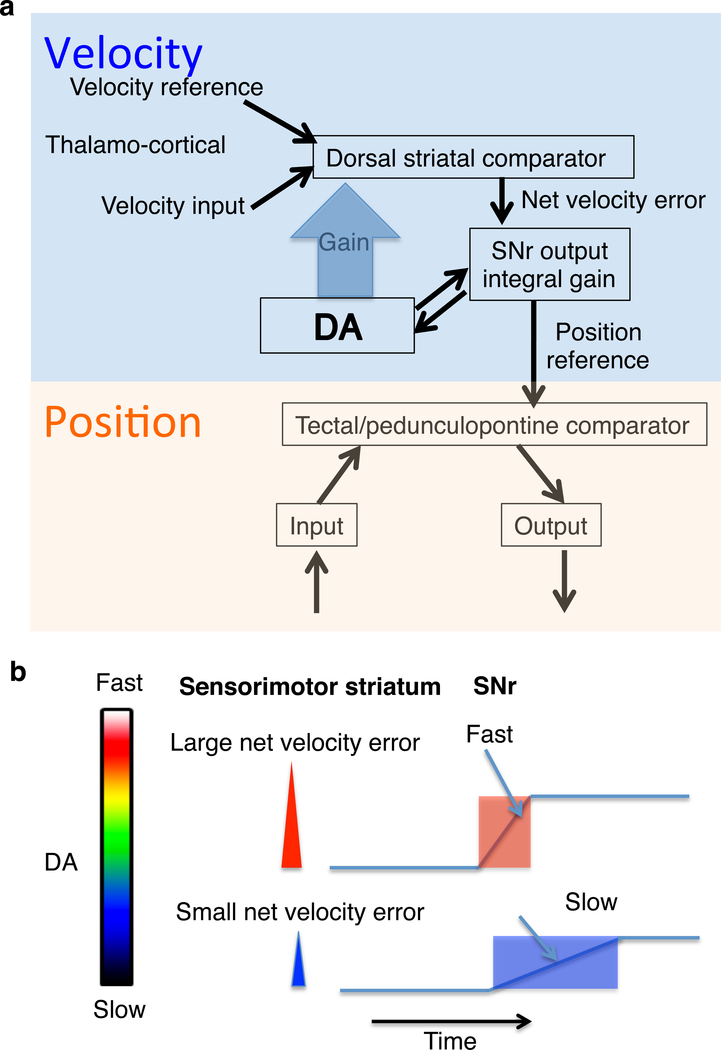Figure 5. Velocity control and position control.
a. For position controllers, a given internal reference signal specifies a position coordinate. Each degree of freedom requires a pair of controllers. For example for x axis motion, left and right. There are multiple independent controllers needed for motion in different axes (Masino, 1992). These controllers control for different orthogonal variables, e.g. horizontal and vertical motion. Orthogonal means that the effect of one does not cancel the effect of the other. Still lower levels control muscle length and muscle tension (Yin, 2014b). Their outputs would adjust the muscle length controllers and force control. For example, to maintain arm position, it is necessary to send multiple length reference signals to different length controllers.
b. There are at least three independent controllers for three degrees of freedom: up-down, left-right, and forward-backward. A single value of the reference signal corresponds to a single position along an axis of motion. Thus the magnitude of the velocity error is proportional to the rate of change in the position reference. An integrator can produce steady output in the absence of any error: when the error has reached zero, the output simply stops changing.
c. Due to the integrator in the output function of the velocity controller, the velocity error is turned into the rate of change in position reference.

